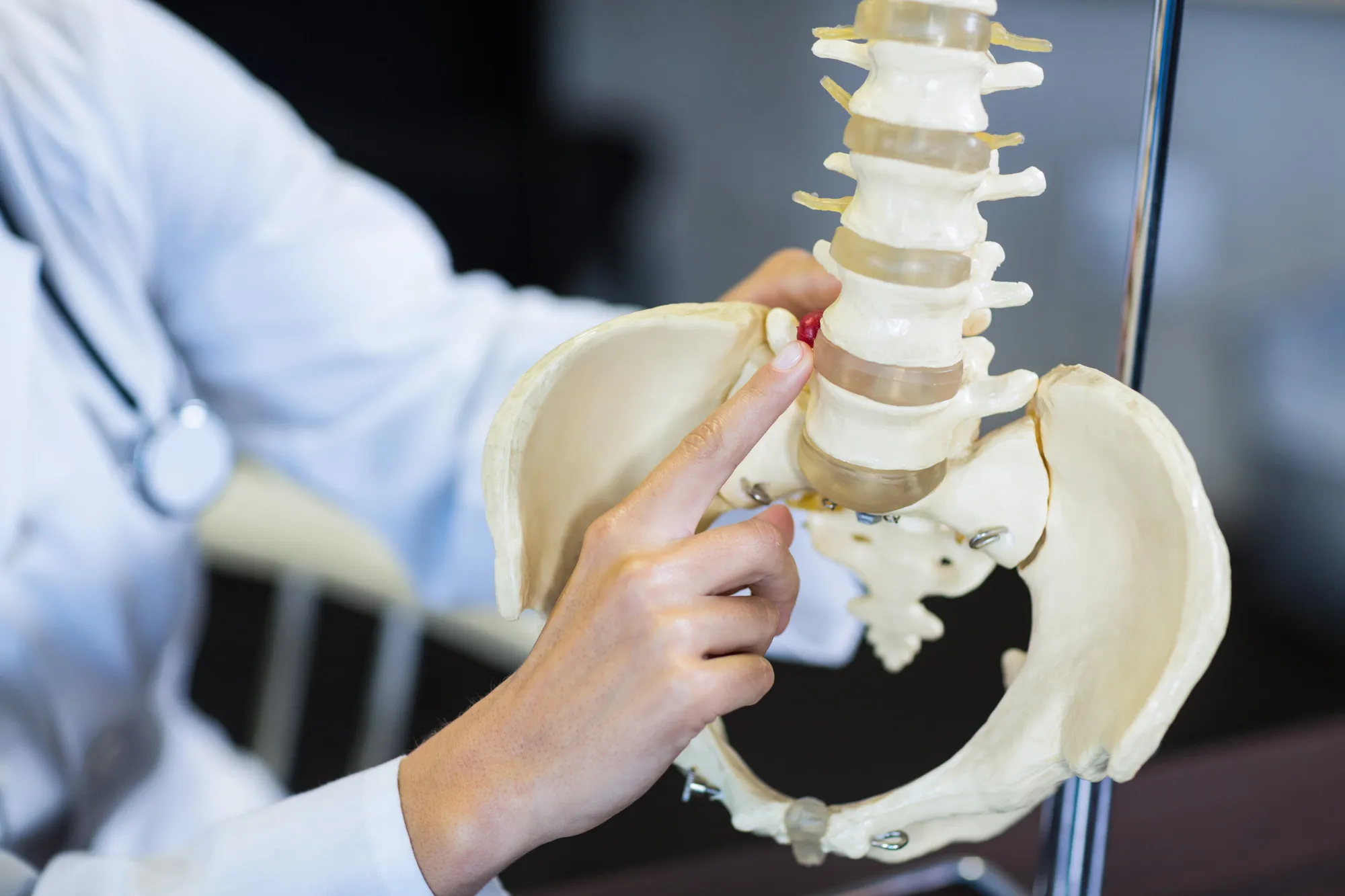New research published in the Saudi Medical Journal (DOI: 10.15537/smj.2024.45.1.20230684) has provided valuable insights into the treatment of non-displaced intracapsular femoral neck fractures, a common condition among older populations that can have serious health implications if not properly managed.
The multicenter retrospective chart study, conducted from January 2017 to December 2022, reviewed patient records to compare the complications associated with two different surgical treatments: cannulated hip screws (CHS) and dynamic hip screws (DHS). The findings highlight the ongoing need for effective interventions given the global prevalence of hip fractures due to aging populations and increasing susceptibility to osteoporosis.
Study Overview
The study enrolled 85 patients -35 males and 50 females- with Garden type I or II femoral neck fractures. Treatment outcomes were analyzed, with a particular focus on the incidence of avascular necrosis (AVN), mortality, revision surgeries, and non-union rates. Although the mortality rates and revision surgeries did not differ significantly between both treatment groups, dynamic hip screws showcased a lower rate of avascular necrosis when compared to cannulated screws.
Key Findings
Incidence of Avascular Necrosis
This retrospective study concluded that DHS resulted in a lower rate of AVN, one of the most debilitating complications associated with femoral neck fractures. The results underscore DHS as a potentially superior method in certain cases for preserving vascular integrity and bone health, crucial factors in the recovery and long-term mobility of patients.
Mortality and Revision Surgery Rates
The overall mortality and revision surgery rates did not statistically differ between treatment groups. These findings suggest that surgeons may want to consider individual patient factors and fracture characteristics when choosing the appropriate surgical method rather than relying solely on these rates as decisive factors.
Patient Demographics and Follow-Up
There was a mean age of 72±5.4 for males and 70.6±7.6 for females, reflective of the higher incidence of this type of fracture in older patients. The study required a minimum one-year follow-up, ensuring that outcomes measured were indicative of medium to long-term postoperative conditions.
Contextualizing with Past Research
This study builds on a body of work examining femoral neck fracture treatment. Previous work published in the “Journal of Bone Joint Surgery Am” identified DHS effectiveness in treating Pauwels type-3 vertical femoral neck fractures (Parker MJ, 2009), whereas “Cureus” and “Acta Orthop Belg” illuminated CHS’s role in similar contexts (Cullen SE, Bisaccia M, et al.).
The research team’s contributions reflect a global scientific community’s collaborative efforts to understand fracture management nuances. International studies have sought to elucidate the most effective surgical techniques, with particular interest in AVN rates, a challenging and often unavoidable complication following femoral neck fractures (Li L et al., 2020; Lim EJ et al., 2021).
Contributions to the Field
This latest comparative study offers essential contributions to clinical orthopedic surgery, suggesting that while DHS and CHS provide comparable outcomes in many areas, DHS may hold a distinct advantage in minimizing AVN risk. The implications of these findings are significant for optimizing patient care and could influence surgical practice standards.
Clinical Impact and Future Directions
The study results have the potential to guide clinical decisions in treating non-displaced intracapsular femoral neck fractures, indicating the need for patient-specific and fracture-specific consideration. As with any research, it’s imperative to validate findings through further studies, including prospective randomized trials, to corroborate and expand on these results.
Conclusion
Dynamic hip screws may offer a more favorable outcome concerning avascular necrosis in the treatment of non-displaced intracapsular femoral neck fractures. This study provides a valuable contribution to the ongoing debate over the optimal surgical approach, highlighting the need for careful consideration of various complications and treatment outcomes.
Keywords
1. Femoral Neck Fractures Treatment
2. Dynamic Hip Screws vs. Cannulated Screws
3. Avascular Necrosis After Hip Surgery
4. Non-displaced Hip Fracture Surgery
5. Orthopedic Surgical Techniques Comparison
References
1. Giordano V, et al. (2019). Brazilian survey of 78 orthopedic surgeons. Rev Bras Ortop (Sao Paulo), 54(3), 288-294. PMC6597433.
2. Parker MJ. (2009). J Bone Joint Surg Am, 91(3), 490-491. PMID: 19182004.
3. Cullen SE, et al. (2022). Cureus, 14(8), e31619. PMC9759363.
4. Bisaccia M, et al. (2018). Acta Orthop Belg, 84(3), 279-283. PMID: 30840569.
5. Stiasny J, et al. (2008). Ortop Traumatol Rehabil, 10(4), 350-361. PMID: 18779768.
